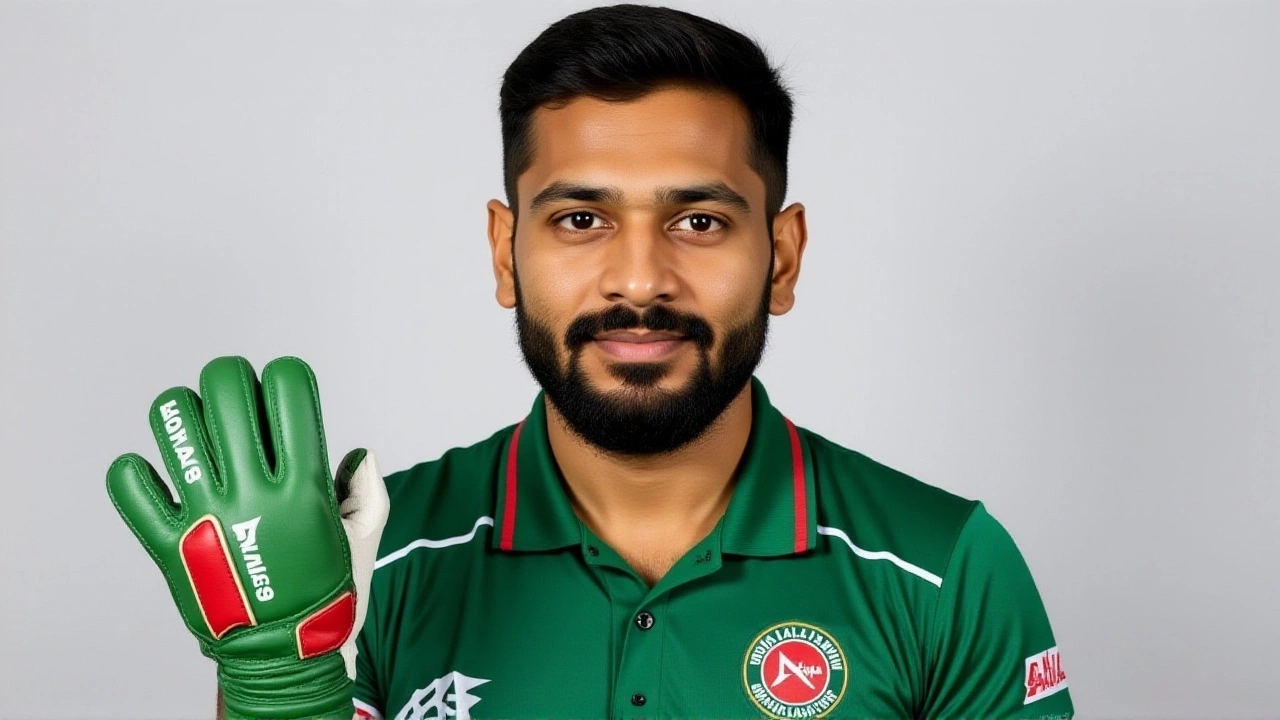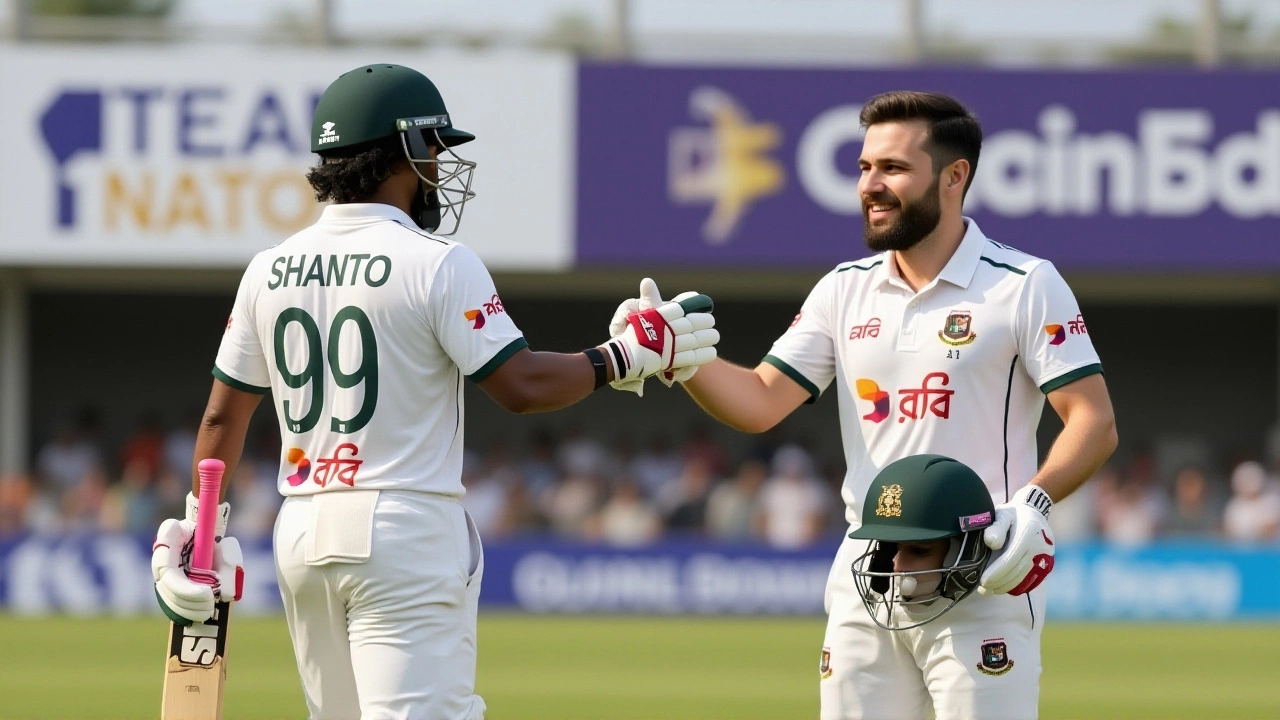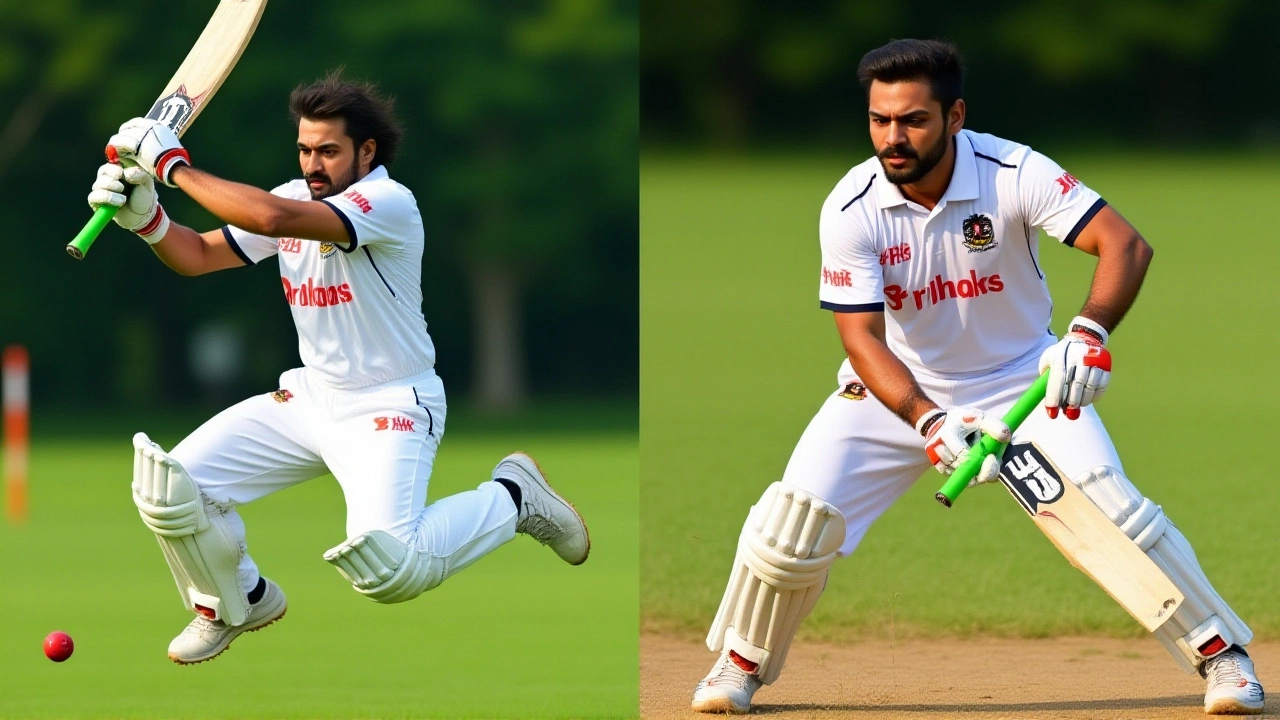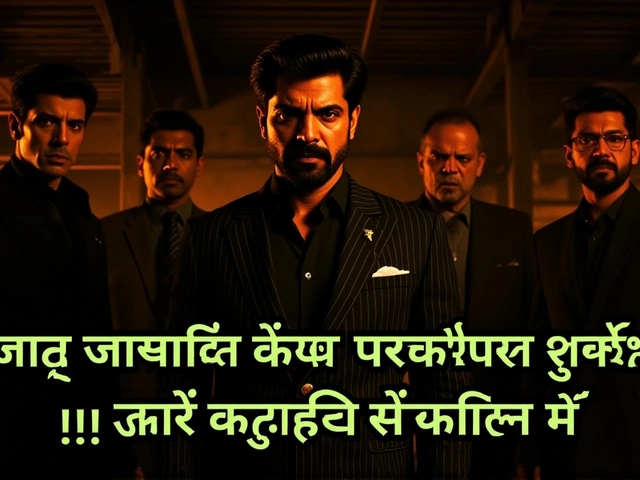When Sri Lanka lifted the trophy after beating Bangladesh by 28 runs in Sylhet on March 9, 2024, their celebration wasn’t just about winning a series—it was a silent, pointed reminder of a moment that still stings three years later. Every player, from young stars to veteran Angelo Mathews, raised a hand to their wrist, mimicking the motion of a broken helmet strap. It was unmistakable. They were replaying the 2019 ICC Cricket World Cup The Oval—the day Mathews was dismissed for being ‘timed out’ after his helmet strap snapped.
The Match That Reignited the Rivalry
Sri Lanka posted 174/7 in their 20 overs, powered by Danushka Gunathika Mendis’s blistering 86 off 53 balls. But it was Nuwan Thushara who stole the show: 5 for 29 in just 3.4 overs, a spell that left Bangladesh reeling at 146 all out. Rishad Hossain’s 53 off 38 balls gave them hope, but Taskin Ahmed’s late wicket of Mendis and the relentless pressure from Sri Lanka’s spinners sealed it. The win gave Sri Lanka a 2-1 series victory, their first T20I series win in Bangladesh since 2018.
But the real story unfolded after the final ball. As the Sri Lankan players gathered for the trophy presentation, the wrist gesture began. One by one, they touched their left wrist with their right hand—exactly how Mathews had mimed the broken strap in 2019. Even Dasun Shanaka, who had just finished his innings, joined in. No words were spoken. But everyone knew what it meant.
The 2019 Incident That Never Faded
On June 17, 2019, at The Oval, Mathews was walking out to bat after the fall of a wicket. His helmet strap broke. He paused to replace it. The umpires, following ICC Cricket Rules Law 40.1, ruled he had exceeded the two-minute limit to be ready. Bangladesh captain Shakib Al Hasan refused to withdraw the appeal. Mathews walked off without facing a ball. The crowd booed. Social media exploded. Was it within the rules? Yes. Was it in the spirit of cricket? That’s where the debate still rages.
For Sri Lanka, it was a humiliation. For Bangladesh, it was a matter of principle. The incident became a cultural flashpoint. Former players like Sanath Jayasuriya called it “cold-blooded,” while others, including former ICC officials, defended the strict application of the law. But in cricket, where tradition and sportsmanship often outweigh the rulebook, the dismissal felt like a betrayal.

Bangladesh’s Response: ‘We Didn’t Do Anything Wrong’
After the March 9 match, Najmul Hossain Shanto, Bangladesh’s 25-year-old captain, didn’t mince words. “There is nothing to handle aggressively when it comes to this,” he said in the post-match press conference. “I think they are yet to move on from the timed out dismissal. They should move on and stay in the present since we didn’t do anything which is outside the rules of cricket. I think they are making a fuss of it, but we are not worried about it.”
His tone was calm, almost dismissive. But beneath it was frustration. Bangladesh had already been mocked in return. On March 18, 2024, after winning the ODI series 2-1, Mushfiqur Rahim and his teammates had mimicked the broken helmet gesture themselves—turning the tables on Sri Lanka. The rivalry had become a cycle of taunts.
A History of Taunts and Tensions
This isn’t the first time celebrations have crossed the line. During Sri Lanka’s 2018 tour of Bangladesh, Dasun Gunathilaka performed the ‘nagin dance’—a snake-like celebration—after a T20I win in Sylhet. Bangladesh’s Mushfiqur Rahim responded in Colombo later that year with the same move after scoring a match-winning fifty. Now, the helmet gesture has become the new currency of psychological warfare.
Sri Lanka’s assistant coach, Naveed Nawaz, tried to downplay it. “I think it was a celebration which was misunderstood at that time,” he said. “It was during the heat of the game. Both teams should forget about it.” But forget it? Not likely. Cricket doesn’t forget. Not when pride is involved.

What This Means for Future Encounters
The next time Sri Lanka and Bangladesh meet, the atmosphere won’t just be tense—it’ll be loaded with history. Every boundary, every wicket, every celebration will be scrutinized. Will Bangladesh retaliate again? Will Sri Lanka double down? The ICC has never intervened in such post-match gestures, but the line between playful banter and unsportsmanlike conduct is thinning.
What’s clear is this: cricket’s unwritten code is under pressure. Rules are written in black and white, but the spirit of the game? That’s gray. And in this rivalry, both sides are playing to win more than matches—they’re playing to prove they’re the better team, on and off the field.
FAQ
Why did Sri Lanka use the wrist gesture during their celebration?
The gesture directly references Angelo Mathews’ controversial ‘timed out’ dismissal in the 2019 World Cup at The Oval, when his helmet strap broke and he was ruled out for exceeding the two-minute limit to reach the crease. Sri Lanka’s players used the gesture as a symbolic reminder of that moment, implying Bangladesh’s strict adherence to the rule was unsportsmanlike.
Was Bangladesh’s appeal against Mathews legal?
Yes, under Law 40.1 of the ICC playing conditions, a batter must be ready to face the next ball within two minutes of a wicket falling. Mathews took longer due to replacing his helmet, and Bangladesh’s captain, Shakib Al Hasan, had every right to appeal. The controversy wasn’t about legality—it was about whether enforcing the rule in that context violated cricket’s spirit.
Has this kind of celebration happened before between these teams?
Yes. In 2018, Sri Lanka’s Dasun Gunathilaka performed the ‘nagin dance’ after a win in Sylhet, which Bangladesh’s Mushfiqur Rahim later copied during the Nidahas Trophy in Colombo. In March 2024, Bangladesh repeated the broken helmet gesture after winning the ODI series, turning Sri Lanka’s own mockery back on them. It’s now a recurring pattern of psychological retaliation.
What do experts say about the ‘timed out’ rule in cricket?
Many former players, including Sanath Jayasuriya, argue the rule should be applied with common sense, especially when equipment failure is involved. Others, including former ICC officials, insist rules must be applied uniformly to avoid bias. The debate has sparked calls for a revised rule—perhaps a 30-second grace period for equipment issues—to prevent future controversies.
How has this affected the Sri Lanka-Bangladesh cricket rivalry?
It’s turned a competitive series into a psychological battleground. What began as on-field rivalry has now spilled into celebrations and post-match commentary. Fans on both sides treat each gesture as a victory or defeat. With no ICC intervention, the cycle of taunts is likely to continue, making future matches more emotionally charged than ever.
Will the ICC change the ‘timed out’ rule because of this?
So far, no. The ICC has maintained that rules must be applied consistently, regardless of context. However, the backlash from 2019 and the ongoing tensions suggest pressure is building. A proposal for a grace period for equipment issues—similar to the one in Test cricket—is being quietly discussed among administrators, but no official changes have been announced yet.




